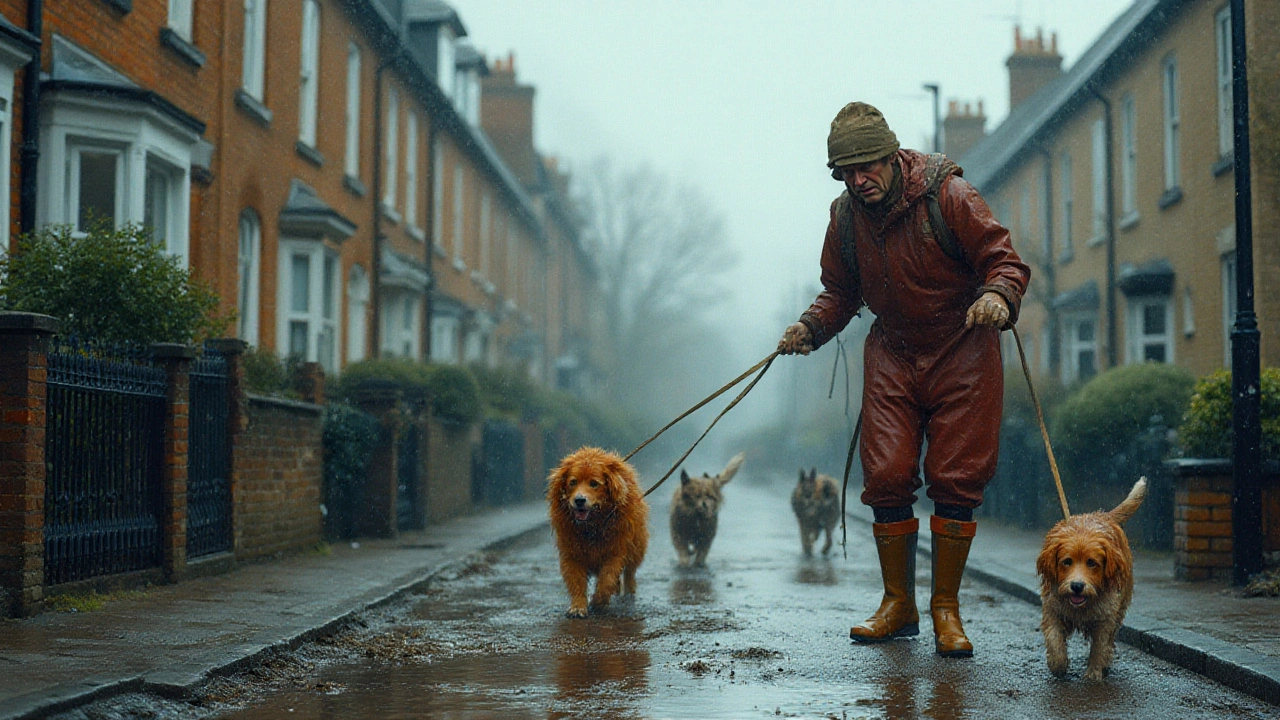Dog Walking Safety: Simple Tips to Protect Your Pup
Taking your dog out for a walk should be fun, not stressful. A few quick habits can stop accidents before they happen. Grab a sturdy collar or harness, check the leash for wear, and make sure your pup’s ID tags are up to date. These basics cost almost nothing but save a lot of heartache.
Common Walk Hazards to Watch Out For
Sidewalk cracks, stubborn squirrels, and sudden traffic are the usual suspects. When you see uneven pavement, steer clear or walk on the grass if possible. Keep your dog close if you spot a squirrel—most dogs chase instinctively, and a quick sprint can lead to pulled muscles or a run into traffic.
Weather adds another layer. Hot pavement can burn paw pads in minutes, while icy surfaces cause slips. Test the ground with your hand; if it’s too hot for a quick touch, consider a morning or evening walk, or use paw‑protective booties. In rain, watch for hidden puddles that could hide sharp objects.
Choosing a Safe Dog Walker
If you need help, not all walkers are created equal. Ask about their experience with your dog’s breed and size. A good walker knows how to handle a leash‑pulling dog without hurting it and can read body language for stress signals.
Check references and make sure they have a clear plan for emergencies—like a backup carrier or a vet contact. Most reputable walkers carry a small first‑aid kit and know local leash laws, which vary by council. A quick chat about these details can give you peace of mind before you hand over the leash.
Finally, watch for signs that your dog isn’t comfortable. Excessive panting, whining, or a tucked tail indicate anxiety. If your pup shows these signs, try a shorter walk, a quieter route, or a different walker who uses positive reinforcement.
With a solid routine, a reliable walker, and an eye on the environment, you’ll keep your dog safe and happy on every outing. Happy walking!

Dog Walking Drawbacks: Risks, Realities, and Hidden Downsides
Dog walking isn’t all fresh air and wagging tails. Find out the true downsides, safety risks, and hidden costs, plus tips for making each walk safer and smoother.
View more